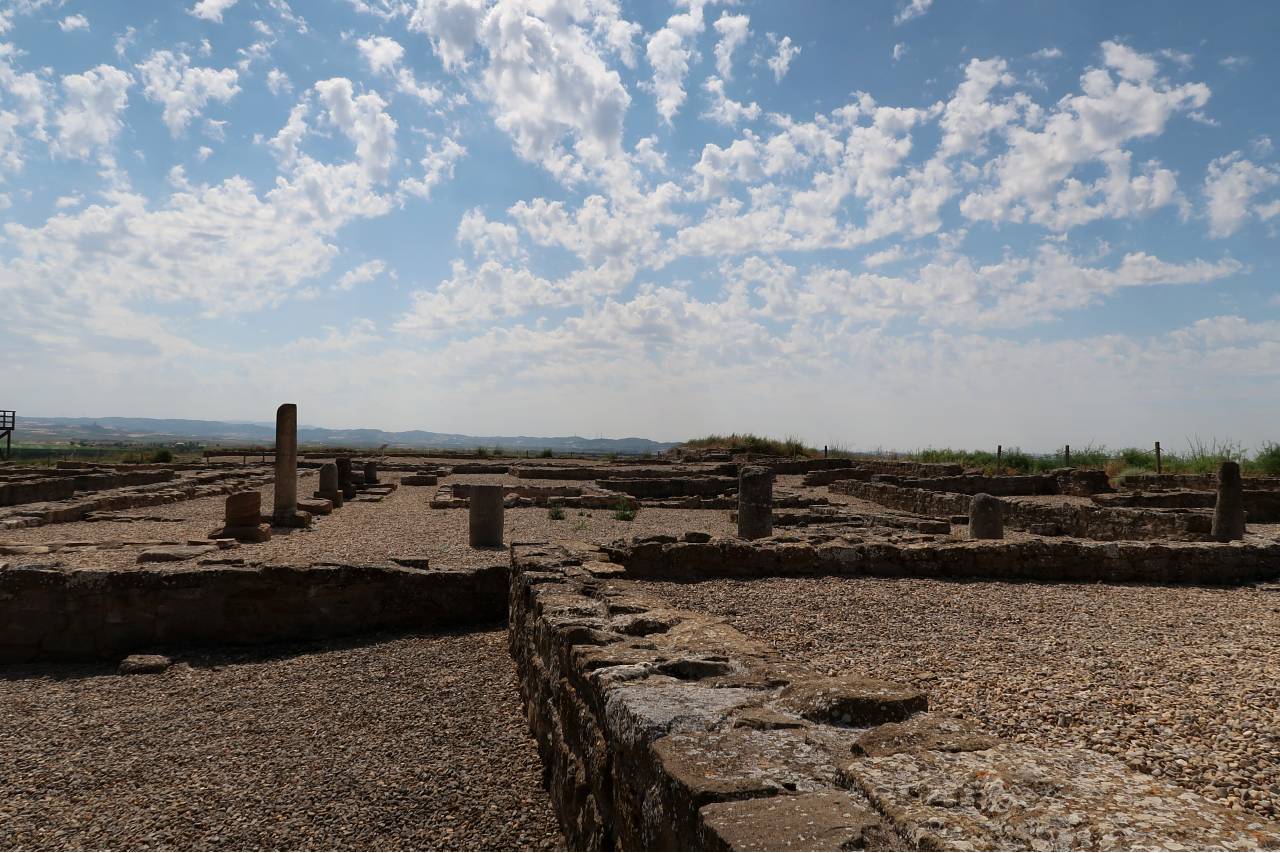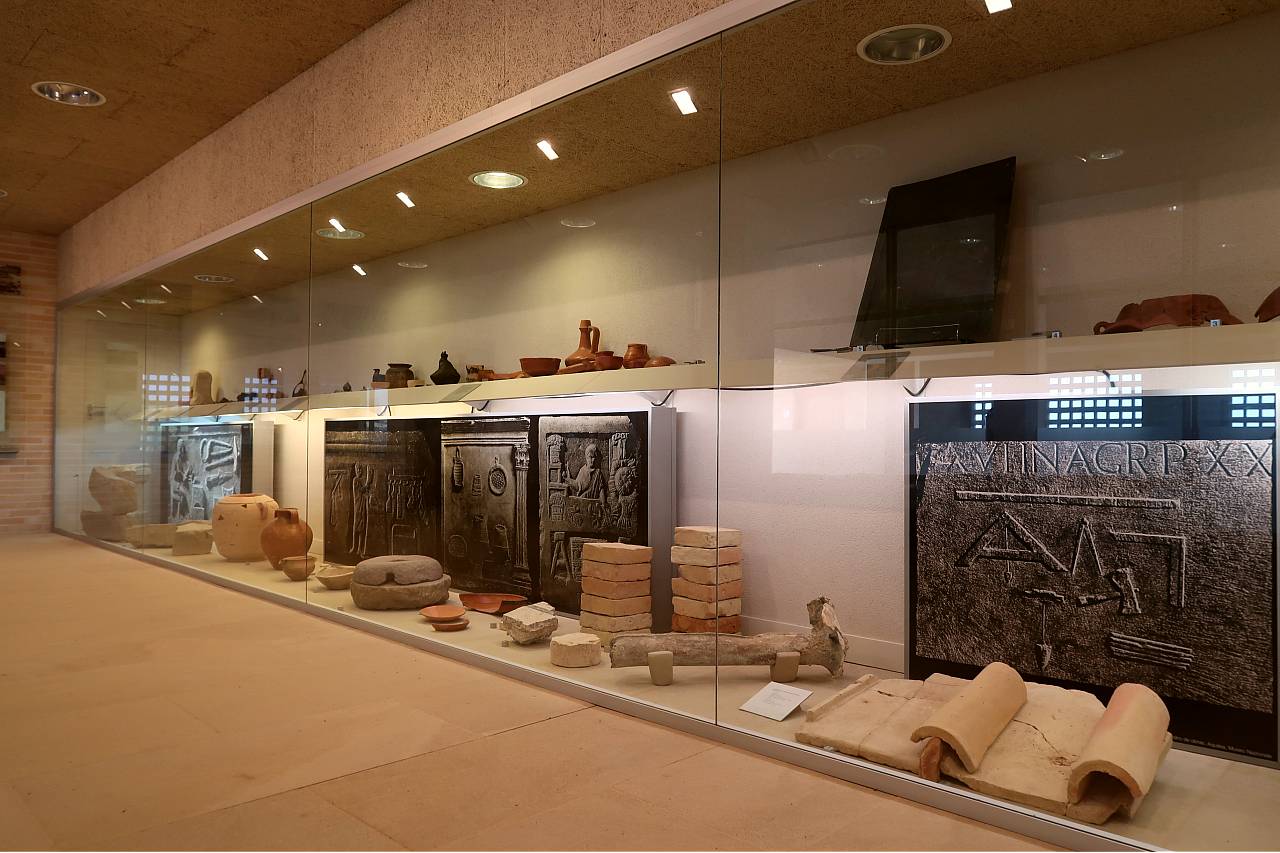
When Pompaleo (Pamplona) was founded in the 2nd century BC. The existence of Andelos was already documented. This Roman city, located at an important crossroads, between the current Jaca, Logroño and Pamplona, lived its maximum splendor in the 1st and 2nd centuries AD.
The archaeological remains tell us that the city was articulated from two main streets: the cardo maximus in a north-south direction, and the decumanus maximus, in an east-west direction. Parallel streets were drawn in both directions, forming blocks that included several houses.

There was a residential neighborhood, with large houses, well-paved streets, public buildings and shops, and an artisan neighborhood, with warehouses and even a laundry.
But the most remarkable discovery regarding the city of Andelos is its exceptional water supply system. A work that includes from the collection of water to the distribution center in the city, and of which some archaeological remains are preserved.

In this site you will be able to locate the vestiges of a large hydraulic infrastructure, which ranged from the collection of water to the distribution center in the city.
The Andelos water supply system was exceptional. On your visit, you will see the remains of the Andelos baths, which served as centers of social life for the Romans. In them physical exercise was carried out and they chatted.
⭐ Remains of the dam, the regulating reservoir, the aqueduct and the castellum aquae, a reservoir that served to distribute water to the population, are also preserved. In this area there is also the fountain or nymphaeum, whose surroundings surely became a meeting and chat point.
✔️Guided tours
✔️Services
✔️Free parking for cars and bicycles
✔️ Rest areas - wooded area, next to the hermitage of the Virgen de Andión, 200m from the site


